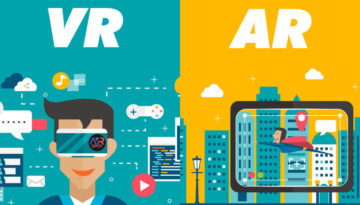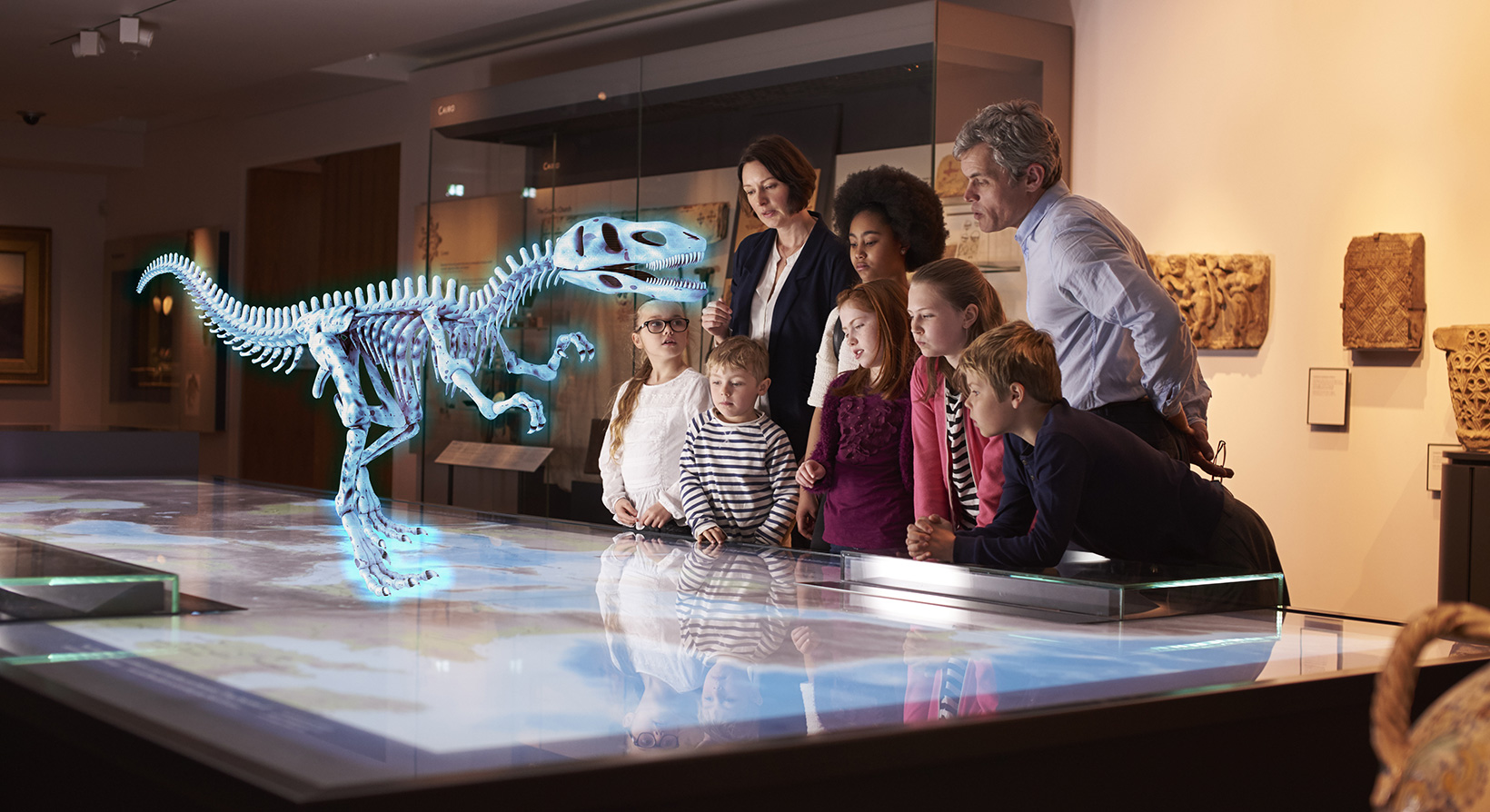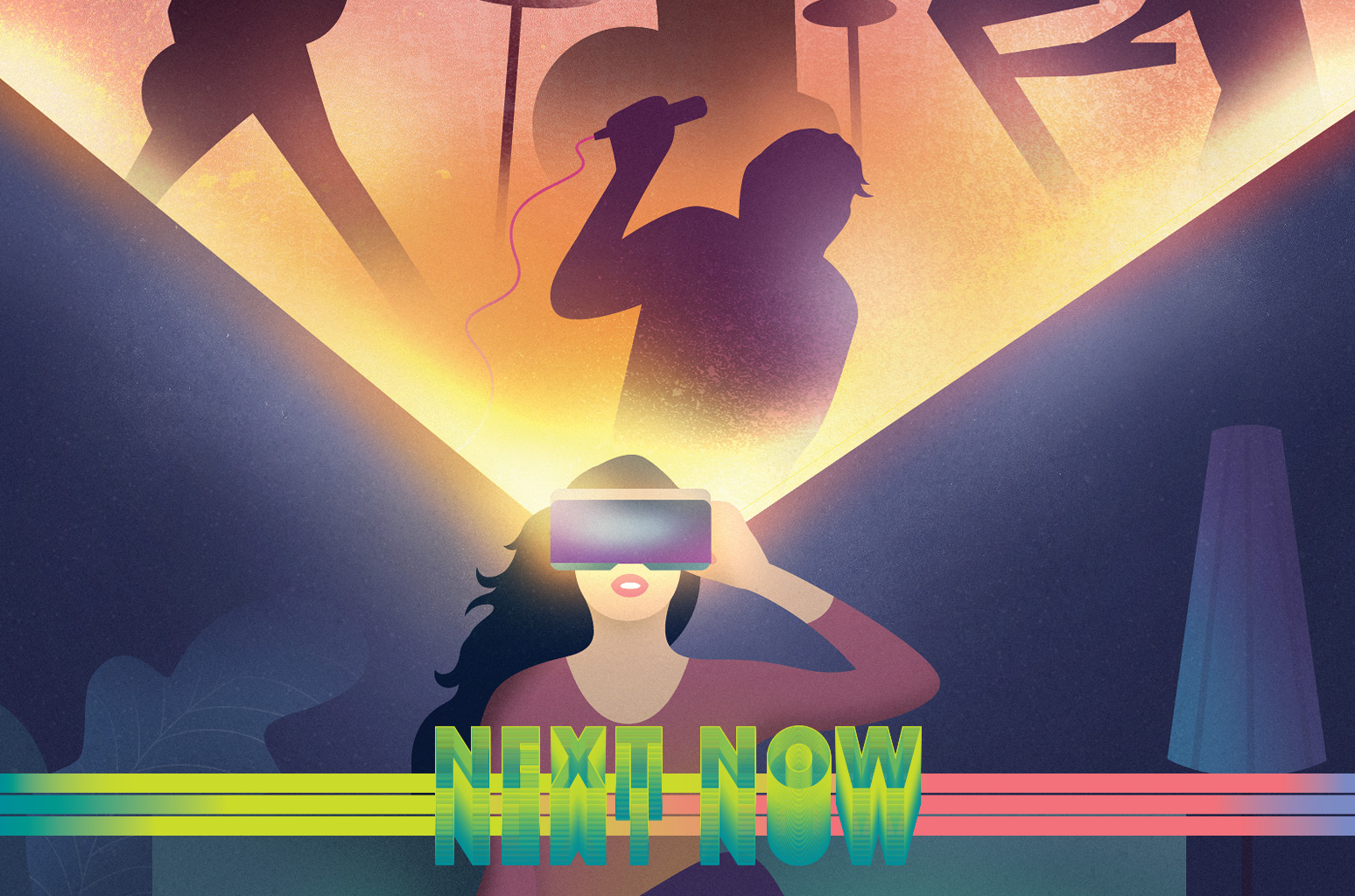6 Use Cases For AR/VR In Real Estate Development
Looks can be deceiving, but looks are also decisive when it comes to choosing real estate. Obviously, visual perception outweighs printed or online ads. With this regard, AR and VR technologies in real estate development are proving to be totally disruptive. Formerly, realtors had to contact customers and communicate real estate parameters verbally or in written form before having prospective clients visit the physical location. Nowadays, it only takes putting on the VR headset to experience what it’s like to be in a certain setting.
The recent Goldman and Sachs statistics claim – as much as 1.4 million real estate agents are using VR to showcase property to prospective clients. This implies an aggregated commission market from using VR currently exceeds $107 billion. The prospects for VR/AR solutions market growth are also on the bright side – according to Goldman and Sachs, by 2025 they are set to reach $80 billion.
Read also: The Most Effective Way To Attract Customers And Investors To Large-Scale Real Estate Projects
So how are reality technologies disrupting real estate development? Below we will examine the most vivid use cases and see how AR/VR applies in real estate.
1. VR Property Showcases
Sotheby luxury real estate dealer has recently announced the virtual walkthrough option for iPhone or Android users who own VR headsets. The full presence effect is achieved by placing cameras throughout an apartment or a building and shooting a setting from multiple spots. Prospective customers can now take virtual tours online to examine their future homes by getting immersed into high-resolution virtual environments.
Needless to say, the tours are also complete with virtual guides. Customers can also interact with objects in virtual settings and see how they work.
2. Virtual Bike Tours
It’s not just the luxury segment, though – as of today, virtual property showcases are becoming mainstream. At AVRSpot we create 3D architectural visualizations for VR and AR representations to assist realtors in creating virtual tours.
We also create virtual bike tours to help customers envision what it would actually be like to live in this particular neighborhood, ride through its streets and experience how it feels like. Apart from the house and its interior, the neighborhood is often a decisive factor for property buyers.
3. AR-Assisted Real-Estate Marketing
By using AR customers can now learn all the important information about the real estate objects they are interested in before actually contacting a real estate agent. For example, Android real-estate app Realtor.com enables users to learn the essential information about a price, square footage, etc. of a particular object by simply pointing a smartphone at the building. For customers, AR apps can turn a walk or a drive through a neighborhood into an insightful real-estate shopping tour.
4. Designing Interior With AR/VR
AR/VR technology is helping interior designers to visualize how home decor and furniture pieces would look like in a particular setting. For example, iOS apps like iStaging limit the otherwise costly and time-consuming trial and error stage to a virtual environment where they can easily create and try out various styles and designs before selecting the ones that would fit a particular home perfectly.
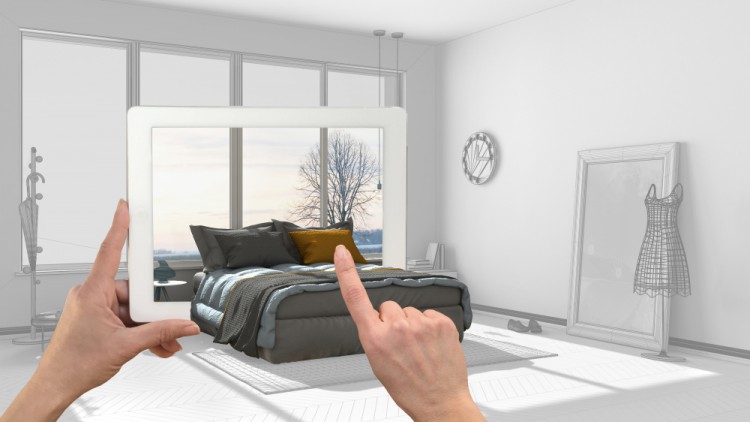
Image source: http://homelandtitleandescrow.com/
Immersive technologies are also helping to create a more cozy and welcoming feel of unfurnished houses by suggesting how they would look if already furnished. As it turns out, customers tend to become more emotionally attached to homes with furniture as opposed to the ones with blank walls. For example, RoOomy, is a company that uses VR to help clients to virtually furnish their home before they buy it.
5. Empowering Architecture And Construction
AR and VR are not only helping showcase existing property but also imagine what it would be like to be inside the building which is still in its design and architecting stages. Thus, reality technologies are reducing the number of iterations and gradually becoming the industry standard in real-estate development. AResidence, for example, is an AVRspot app for creating architectural models. By superimposing the yet non-existent models on images of exiting architecture or environments, the app enables architects to easily create and tweak the designs of new buildings. Another app, Storyboard VR enables ADC specialists to easily transform 2D models into VR prototypes.
Yet another VR solution, Astralink, is targeted at construction workers and helps them prevent errors by visualizing what a finished construction piece would look like.
6. Capture Dimensions And Create Floor Plans
Interestingly, not only do immersive technologies help create prototypes from 3d models, they also help capture dimensions and make floor plans of existing buildings. Apps like MagicPlan can assist in making job estimates, DIY projects and much more. While previously, you would have to use a physical ruler to measure the room, tools like AirMeasure help you make measurements by simply pointing your device and following instructions.
As you can see, AR/VR is finding a vast array of applications in construction and real estate. The benefits of using immersive technologies are significant: they can be used as both a communication tool for real estate marketing and to assist real- estate development at architecting, construction and design stages. Their application is not only limited to use cases mentioned above – AR/VR can also be used for training construction workers and providing DIY instructions to tenants.
Read also: How Augmented reality Integration Could Help Grow Your Business
Surely, some of the best AR/VR solutions are custom-made and developing them would require a thorough knowledge of your business and its specifics. There’s also a number of risks associated with developing your own AR/VR projects, but partnering with a reliable provider of AR/VR solutions can help you meet these challenges. With AVRspot, for example, you can start by building an MVP project – a test drive, which will require a minimum investment.
Looking for ways to empower your real-estate business with AR/VR? Contact AVRspot now to find out about our No Risk Program!

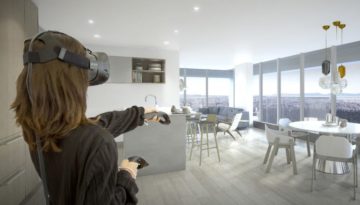
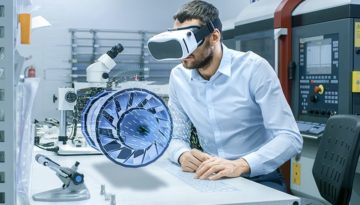
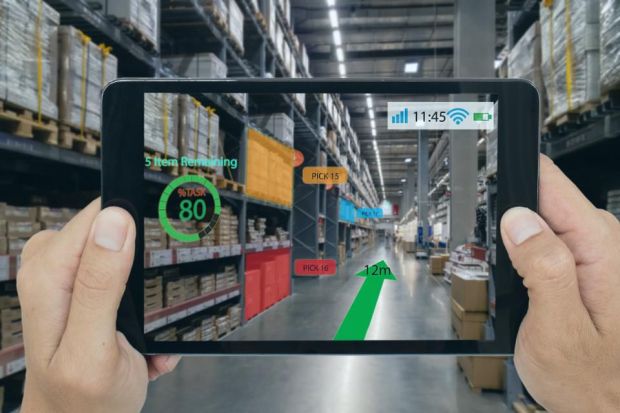 Image source: mhdsupplychain.com.au
Image source: mhdsupplychain.com.au